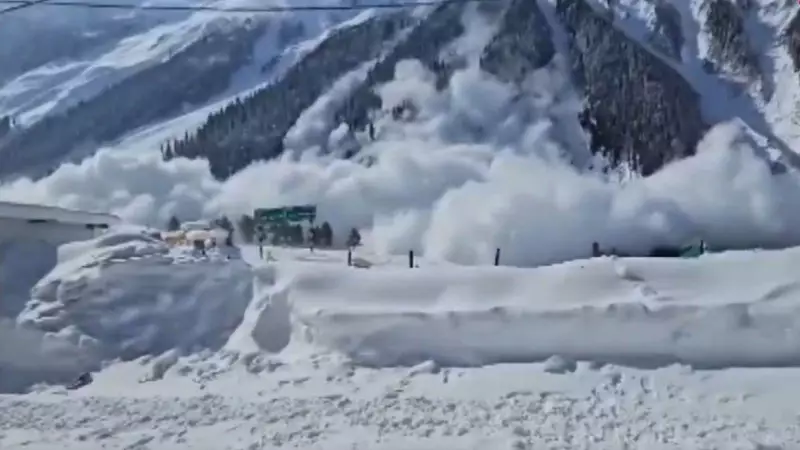
The serene beauty of Nepal's Himalayan peaks turned into a scene of tragedy this week as separate avalanches claimed the lives of nine climbers, including two experienced local guides, in one of the deadliest mountaineering incidents of the autumn season.
Double Tragedy Strikes Himalayan Giants
The first devastating avalanche occurred on Mount Manaslu, the world's eighth-highest mountain, where five climbers lost their lives at approximately 5,800 meters altitude. Among the victims were three Nepali guides and two international mountaineers who were attempting to conquer the 8,163-meter peak.
Just hours later, another avalanche swept through Mount Dhaulagiri, the seventh-highest mountain in the world, claiming four more lives at around 5,500 meters. The back-to-back tragedies have sent shockwaves through the international climbing community and raised questions about safety protocols during the popular autumn climbing window.
Rescue Operations Amid Challenging Conditions
Nepal's tourism department confirmed that rescue teams worked tirelessly in extremely challenging conditions to recover the bodies and assist survivors. "The rescue operation was particularly difficult due to the high altitude and unstable snow conditions," stated a senior official from the Department of Tourism.
Local helicopter services and experienced mountain rescuers were immediately deployed to both locations, but the harsh weather conditions and continuing avalanche risks hampered their efforts. The identities of the international climbers are being verified through diplomatic channels as authorities work to notify their families.
Mountaineering Community in Mourning
The autumn season typically sees hundreds of climbers attempting to summit various Himalayan peaks, with September and October considered the most favorable weather windows. This double tragedy serves as a stark reminder of the inherent dangers of high-altitude mountaineering, even during optimal climbing seasons.
"Our hearts go out to the families of the deceased and the entire mountaineering community," expressed a representative from the Nepal Mountaineering Association. "These experienced guides were the backbone of our climbing industry, and their loss is deeply felt by all of us."
Safety Review Underway
Nepalese authorities have initiated a comprehensive review of safety protocols and climbing conditions across major peaks. The tourism department, which issues climbing permits, is working with meteorological experts to better understand the unusual weather patterns that may have contributed to the unstable snow conditions.
This incident marks one of the most significant mountaineering tragedies in recent years and has prompted calls for enhanced safety measures and more rigorous weather monitoring systems in the Himalayas.





